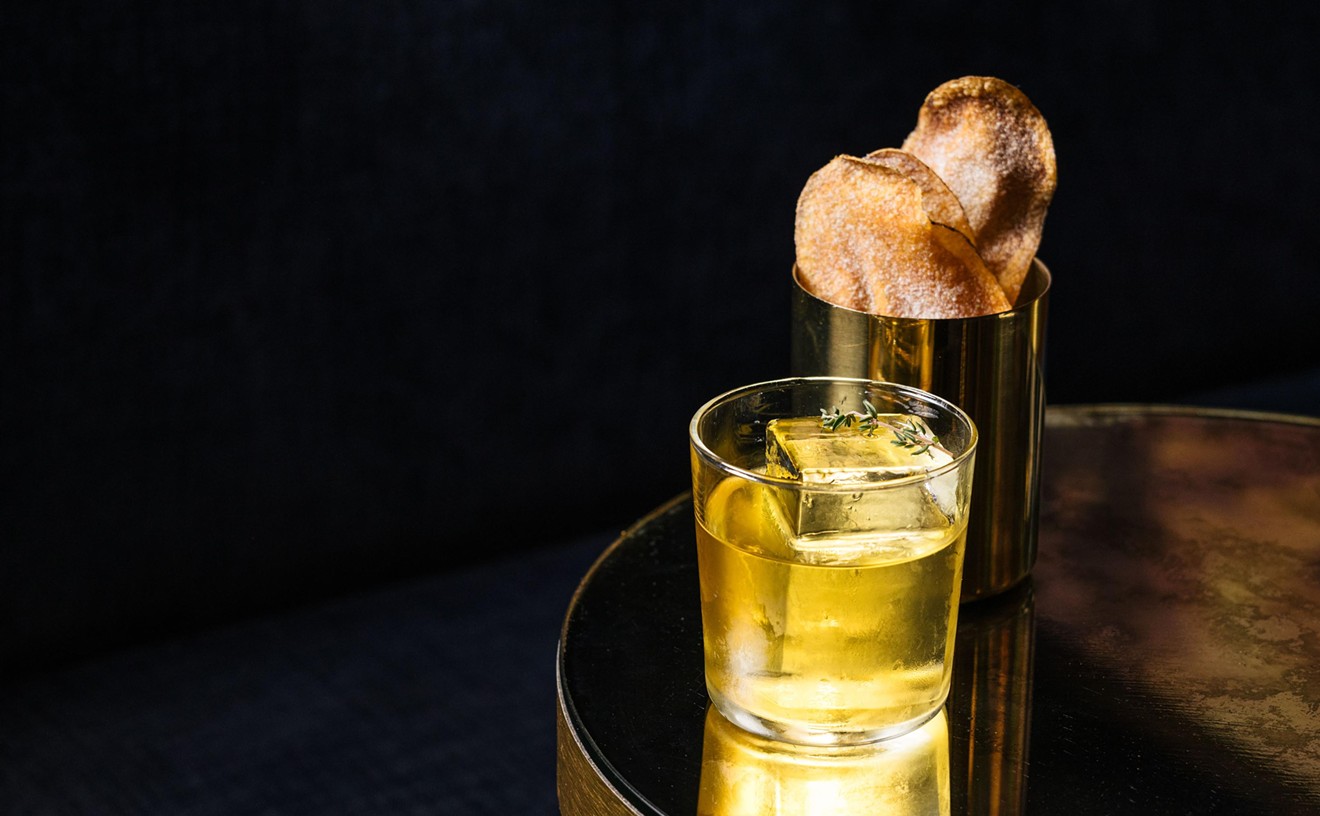Beer: IPA Brewery: Odell Brewing Co. Style: American IPA ABV: 7 percent
Near the top of the list of things that make me sad -- along with starving puppies and the fact that Tobey Maguire is still making movies -- are missed opportunities to educate someone about beer. Recently, this article in which Clay Thompson of the Arizona Republic answers a beer-related question made me sad.
I keep seeing a commercial touting one beer company's "IPA?" What the heck is an IPA?Beats me. I've never heard of it, either.
International Philosophic Association? Industrial Pee Analysts? Indiana Petunia Access?
None of the above. It turns out that IPA - or more correctly Ipa, I suppose - stands for India pale ale, a type of suds which, according to beeradvocate.com is, at least in its American form, "a different soul from the reincarnated IPA style. More flavorful than the withering English IPA, color can range from very pale golden to reddish amber. Hops are typically American with a big herbal and/or citric character, bitterness is high as well. Moderate- to medium-bodied with a balancing malt backbone."
"Withering English IPA?" Whatever. Beer is pretty much beer if you ask me. Withering or reincarnated, it all makes you stupid.
Thompson's column is part of the humor section so we'll pardon him for being flippant, but I hate to leave an honest question unanswered -- especially when IPA is such an important part of the current craft beer scene. Far and away the most popular style among craft beer drinkers, India Pale Ale (Thompson was at least correct about the abbreviation) commands 18.4-percent dollar share of the entire craft market, according to the Brewers Association. The next closest "seasonal" (which isn't technically a beer style but rather an entire category of beers released throughout the year), has 17.8 percent of the market, followed by pale ale at 11.5 percent.
See also: Bad Water Brewing and Craft Beer's Real Quality Problem
So, some history: India Pale Ale is a beer of English -- not Indian -- origin. Its predecessor, a lightly-hopped style known as pale ale, was one of the most popular styles in Britain in the early 1700s. Around the same time, the British Empire began establishing itself in India, and when the East India Company began heavy trading, it wasn't long before there was a great demand for beer among sailors, soldiers and other Englishmen living abroad. But trips by ship to India usually lasted around six months -- a very long time for unpasteurized beer to sit, unrefrigerated. Constant temperature changes and rocky seas did nothing to help the situation. By the time most beer finally reached its destination, it had become flat and sour.
The solution to this vexing issue was eventually found in one of beer's main ingredients: hops. After much experimentation, it was discovered that the bitter cones not only add aroma and flavor to a beer; they also have preservative qualities. By the 1760s, brewers were being advised that it was "absolutely necessary" to add extra hops to beer if it was being sent to warmer climates like India. "Pale ale as prepared for the Indian market" eventually began to appear on tap lists across England, and around 1830 the clunky name was shortened to "East India Pale Ale."
The solution London's brewers found 250 years ago became the beer's defining characteristics. These are hop-focused beers, packed with the plant's resinous flavor, herbal aromatics and biting bitterness. Versions of the style brewed in England -- then and now -- are very different from the ones we enjoy in the U.S. Hops grown across the pond tend to be earthy or floral in character -- think soil, roses, tree bark -- while American-grown varietals are packed with citrus and pine. Malt content is generally more pronounced in your English IPAs, whereas American versions of the style tend to throw balance out the window in favor of a focus on brash hop bitterness and flavor.
Which brings us to Odell IPA -- for my money, one of the best readily available examples of the American IPA style you'll find. Pour it into a glass that tapers inward near the top, if you have one, because these beers are all about aroma. Here, we get sticky, resinous odors like good weed, grapefruit and lime backed by saltine crackers and sweet apricot. Odell draws these notes from Cascade, Columbus, Chinook and Amarillo hops via seven separate additions, including running the brew through a hopback stuffed with the more aromatic varietals and extended dry-hopping. Dive past the soap-bubble head to the pineapple slice-colored liquid below and you'll get a flavor like opening a bag of hop pellets and pouring straight into your mouth. Ganja; orange and lemon peel; notes of roses and lilac -- all there in spritzy, citrusy harmony. The hop-focused flavor is what makes Odell's IPA their second-best seller behind 90 Shilling in Colorado and number one everywhere else.
If you judge by the number of articles out in the ether like the one linked above, we're still at the stage in which beer is treated in an offhand manner, ill-deserving of the respect lent to wine or spirits. But why? Brews have developed over time; they've changed as we have, and are as useful a reflection of a given time period's cultural tendencies as any written document. To taste Odell IPA, or any IPA, is to travel back in time -- to taste history.
See, Clay? Not all beer makes you stupid.
Zach Fowle is a Certified Cicerone. He works at World of Beer in Tempe.










